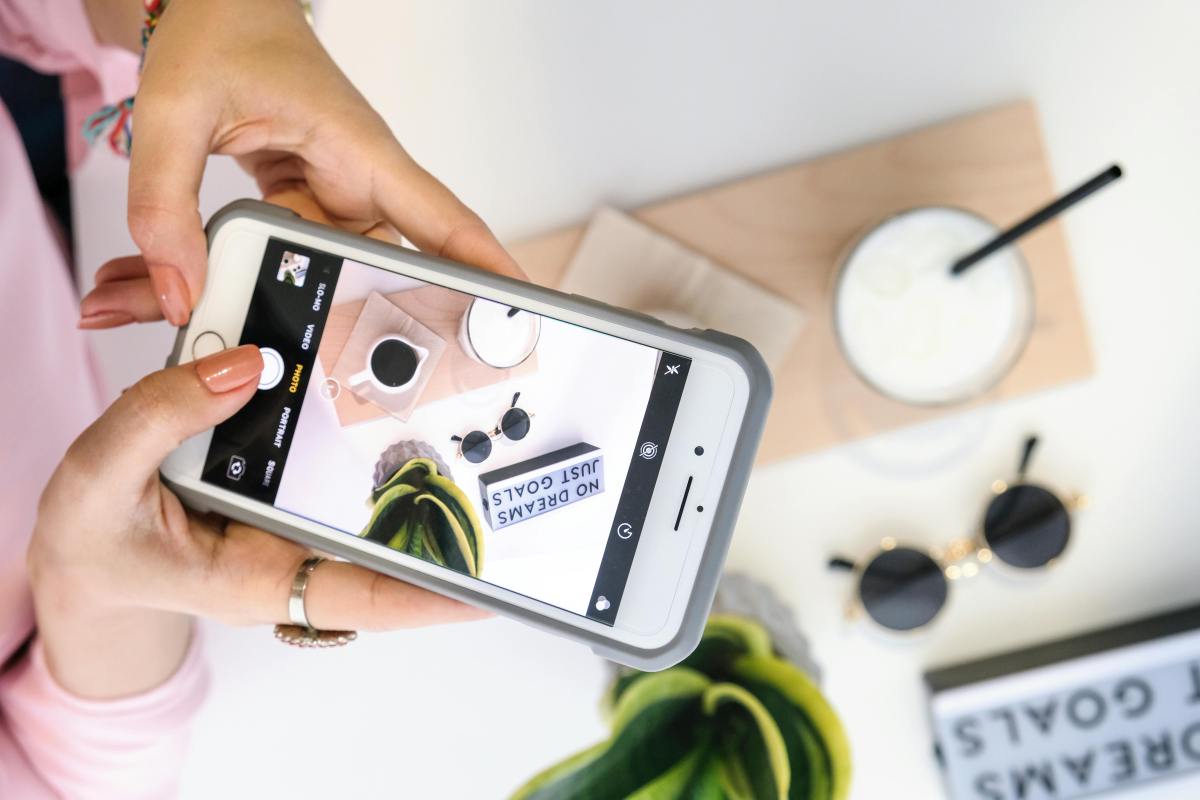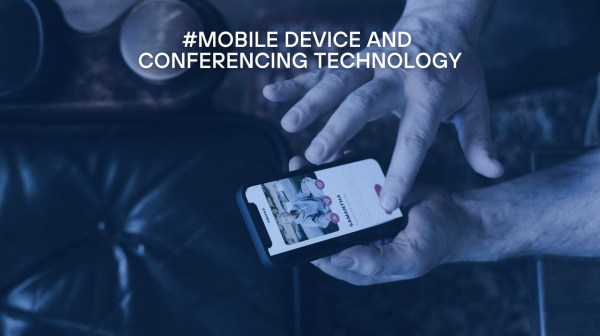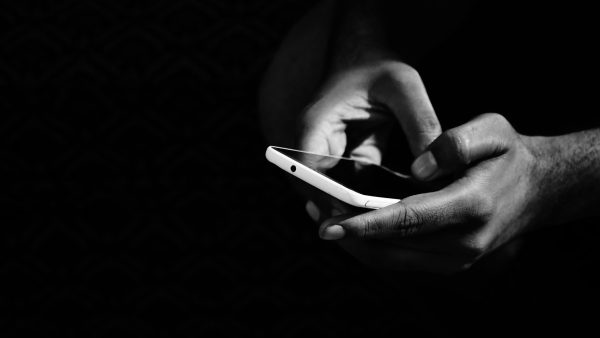Although this question may seem obvious to a large part of society, how can we define a smartphone?
What is a smartphone
Although this term is not included in the RAE dictionary – and other institutions such as Fundeu prefer it to be known as ‘smart phone’ – the Pan-Hispanic Dictionary of Doubts defines smartphone as a ‘mobile terminal that offers advanced communications services (internet access and email), as well as agenda and personal organiser services with a greater degree of connectivity than a conventional mobile terminal’.
Thus, we are faced with an evolution of mobile telephony, a device that has undergone enormous changes of all kinds (size, features and, we could even say, uses) since the 1970s, with Martin Cooper at the centre of its origins.
A huge evolution in the history of the telephone since it was invented by Antonio Meucci in the 19th century, although official recognition would not come until 150 years after decades in which Alexander Graham Bell was considered the creator.
But back to the descendants of these devices, the smartphones, let’s look at their main characteristics, types and how they differ from traditional mobile phones.
Characteristics of smartphones
These smartphones are characterised by the fact that they offer features similar to those of a personal computer, with connectivity being the main feature. And, although the younger generations may find it hard to believe, they can even be used to make phone calls…
As a basic characteristic, we could summarise that it is a device that, fitting in a pocket, can centralise very different uses and/or processes such as a personal agenda, telephony, management of everyday issues through applications, etc.
Precisely because of these issues, another characteristic of smartphones is that they increase the possibilities of communication in different ways, such as audiovisual, audio or simply written.
They also have an operating system in charge of controlling their basic functions by managing communication between the hardware of the device itself and the applications.
In addition, with a touch screen that also acts as a keyboard, the smartphone has built-in functions such as cameras (front and rear), Bluetooth and a memory or SIM card reader.
Another particularity it fulfils is that it can operate as a personal organiser or diary, as well as serving as a device oriented towards entertainment or socialising, in many cases thanks to the help of applications.
All these characteristics have allowed an enormous leap in the possibilities offered by this device in different areas such as the professional or personal from the perspective of leisure, carrying out formalities or procedures or being connected to social networks.
Types of smartphones
Although it is true that other classifications could be made to catalogue the typology of smartphones, if we stick to the level of features and price we can find three main categories:
- Low-end. With an affordable cost, this type of smartphone offers the possibility of carrying out basic functions such as browsing the web or using applications, although advances mean that even in this range there may be long-lasting batteries or even 5G connectivity.
- Mid-range. Offering a balance between price and performance, mid-range devices have processors that, while not the most powerful on the market, are sufficient for most users’ daily tasks in areas such as leisure applications or social networks, which are the most downloaded and used apps.
- High-end. The main features of this type of smartphone are high resolution screens, state-of-the-art processors, large amounts of memory and advanced cameras with multiple lenses and functionalities that offer greater recording possibilities. The price is usually high.
Differences between a traditional mobile phone and a smartphone
For all that we have been explaining throughout this article, the difference between a traditional mobile phone and a smartphone is obvious: the former is basically limited to phone calls (although it may have some ‘extras’ such as SMS, since the 90s, or games) while the latter offers many more possibilities.
In their case, the main feature of the original mobile phones – calls – is just one of the many possibilities offered by smartphones.









